Grit, Guts, and Determination: How The Race Across the Sky Reclaimed the Spirit of Leadville, Colorado
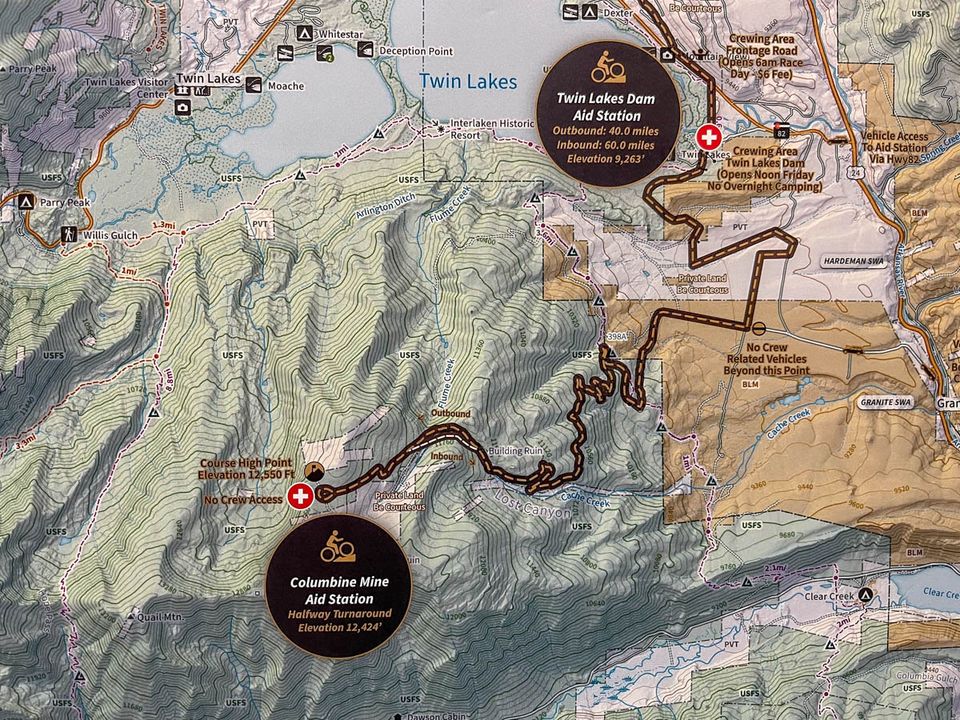
The metaphor is a powerful tool of human expression. The first article in this series reveals my journey to the Leadville Trail 100 MTB race as a metaphor for my emotional journey through grief and loss. The creation of the original Leadville Trail 100 ultra-marathon foot race is also a story of redemption and reclamation.
Each runner's journey lasted up to 30 hours on that inaugural August weekend back in 1983 and was no doubt profoundly personal and uniquely challenging. However, the joint pursuit of such an extraordinary goal–running 100 miles through the “biggest and badest mountains of Colorado” no doubt created a shared experience of a lifetime: the adrenaline surge of the shotgun blast signaling the start, the feelings of achievement as runners surpassed their previous max distances, the extreme gratitude for the beauty around them. Let’s call these the boom times of the race. However, they also each experienced a bust or two, or three…where the pain gives way to potentially crippling self-doubt, the exhaustion seems inescapable, and the darkness seems as if it will never end, like a descent into the depths of a bottomless mine.
Until it does, the sun rises, and the next aid station has hot coffee, the perfect snack, or even better, a hug from your best friend and a fresh pair of socks. The finish line becomes a realistic possibility again, and somewhere deep inside, new energy slowly trickles through your mind, winding its way to your heart and out into your blood vessels, feeding your sore, hungry muscles the oxygen they are begging for.
“You are more than you think you are. You can do more than you think you can.” - Ken Chlouber, Leadville Trail 100 founderEmbed from Getty Images
A Booming Origin Story
I’m a little nervous writing about someone else’s town. As a resident of Davis, West Virginia, a small town born in 1884 by the railroad for the timber boom, I know life here is full of nuance and depth that cannot be seen or experienced by simply visiting. Even though I chose this as my home more than a decade ago, there’s no way my perspective matches those born and raised here by generations rooted in the area’s history.
So, with this article about how Leadville, Colorado, survived multiple boom and bust cycles culminating in a post-traumatic stress transformation, I’ll do my best to refer to not only the facts of what happened to the town and how it resurrected itself but also draw from the previously recorded experience of others to weave a tale both captivating and accurate.
Much like the turbulent coal mining culture of West Virginia, Colorado was home to many boom-and-bust towns. Around 1859, miners traveled east from California, searching for the next gold rush–and they struck gold in California Gulch. Meanwhile, bustling towns such as Denver, Silverton, Durango, and Ouray sprang up throughout the Rockies. Leadville became one of the greatest; according to the 1880 U.S. census, the town boasted almost 15,000 residents. It was officially named Leadville in 1877 by mine owner Horace Tabor for the lead-laden black sand that covered the ground in the area. It took its place as Colorado’s largest silver district, and times were good. Banks, hotels, saloons, theaters, shops, and gambling dens lined the streets of Leadville, with the magnificent Tabor Opera House as its showpiece.
Embed from Getty ImagesWhen silver began losing value, it was propped up by an 1890 act of the United States Congress called the Sherman Silver Purchase Act, which more than doubled the amount of silver bullion that the Federal Government was required to purchase each year. Special notes were issued that could be redeemed for either silver or gold. This was a considerable boost to silver mining. However, it also created more U.S. dollars at a faster rate than gold could be stocked. As silver’s value continued to plummet, Congress repealed the Act in 1893 to stem the bleeding. Leadville’s silver mining operations took a huge hit, but a short uptick in gold mining helped bail them out, and lead and zinc continued to provide. A deadly labor strike in 1896 further disrupted the Leadville economy, but the town still managed a population of 12,455 by 1900. However, the next decade saw a drop to about 7,500 people, less than half of its 1880 peak.
So what’s the point of this history lesson? Leadville’s past is much like the land it was founded on. Full of peaks and valleys, highs and lows that can never be fully articulated but are fundamental to understanding the rugged heart and soul of the people of Leadville. And, there are some real characters peppered throughout Leadville’s history, a few you may have heard of–Meyer Guggenheim got his start as a miner in Leadville, Doc Holliday lived in town for a short while, as did Margaret Molly Brown, famous for her RMS Titanic heroic survival story.
Another Resource to the Rescue
Molybdenum, coined “Molly” by the locals, was discovered by prospector Charles Senter in 1879, but he had no idea what it was, and there was no market for it–yet. That changed during World War I when steelmakers realized molybdenum’s vital role in producing hard steel, and the Climax Mine was founded. It experienced its first significant blow in 1919 at the end of World War I when demand plummeted. The mine reopened in 1924 and continued profitable, if not turbulent, operations through the early 1980s. By 1958, it had become the largest underground mine in the world. The workers not-so-fondly referred to it as “the hellhole on the hill.” Around that time, the workforce was moved from the Climax company town to Leadville, Colorado. But, the recession of 1980 caused another blow to the price of molybdenum; the mine laid off workers and suspended operations in 1982.
The sudden disappearance of 3,250 jobs devastated the town of Leadville. The economy of Lake County as a whole suffered immensely since property taxes paid by the mine were at the core of its subsistence.
So what does a town in decline look like? For decades, Leadville found homeostasis with a population averaging 4,500–now it hovers around 2,600. With the loss of mining jobs, Leadville’s unemployment rate skyrocketed, home ownership declined, and businesses were shuttered. The hospital and schools faced uncertainty. Was this the final bust for Leadville?
Economic impacts only tell part of the story. The actual decline lies in the spirit of the people. Losing jobs may mean walking away from their homes, leaving their family behind to find work elsewhere. It might also mean staying and taking work that pays less, losing grip on their middle-class lifestyle, and triggering depression and hopelessness. For some, this means abuse of alcohol and drugs to help numb the pain or escape reality. These coping mechanisms can bring out the worst in human behavior, too often culminating in family violence or other crimes.
Digging Deep in a Different Direction
Here is where I’ll hand the story over to the founder of the Leadville Trail 100 running race, former miner Ken Chlouber. He paints a vivid portrait of what it feels like to suddenly lose your job, along with almost everyone else around you.
On that fateful day in 1982, Ken’s crew was dressed in their miner’s gear and about to descend for another shift of grueling work underground. Then, squawking over the loudspeaker, “Come to the office, all of the shift bosses, come to the office.” Ken thought: “We make our living walking through solid rock. We don’t have meetings!” Sure enough: “We’re closing the mine; tell them to go home. They’re done. You’re done.”
Richard Lamm, the Governor of Colorado, visited Leadville to assess the unemployment crisis. He saw tourism's value and encouraged the town leaders to “bring people to your community to spend money.” The rich mining history and spectacular mountains–including Colorado’s highest peak, Mt. Elbert–were quite literally visible from town.
Ken’s wheels were turning, he had been considering promoting a running race of some sort and toyed with various distances, but then it struck him; 100 miles was the magic number in a town of over 10,000 feet. Plus, if the race was 100 miles, people would have to stay overnight, which meant spending even more money in Leadville.
This seems as equally arbitrary as it does genius. I love that I’ve been focusing this last year on preparing for a 105-mile race that will take me up to 12,500 feet and back just because Ken Chlouber thought it would mean I’d have to stay overnight in Leadville. And he’s right! I’ll stay in a short-term rental for five nights to finish my acclimation, house my crew and me, and spend the day after the race relaxing while eating as many pancakes and pizza as my heart desires.
This short film by Dragon Fruit Video beautifully captures the origin of the Race Across the Sky.
A Foundation of Grit, Guts, and Determination
Ken knew he couldn't do this alone. He approached Marilee Maupin, who ran the travel company in town at the time. Suffice it to say; she wasn't very busy with the local economy in the tank. Ken needed a race director. His offer: “I can’t pay you a thing, but I’ll double your salary every year.” How could she say no? Likewise, with most of the town unemployed, volunteers were easy to find. The race rallied the community toward a common goal. The healing had begun.
That first year, 45 runners showed up to the race. The extreme challenge, mixed with the beauty of the course and spirit of Leadville, now draws around 800 runners every August. In 1994, the Leadville Trail 100 mountain bike route was created and took place the weekend before the foot race. That first year, 150 riders took to the epic out-and-back course, climbing an average of over 110 feet per mile in the shadow of Mt. Elbert and Mt. Massive. Subsequent years saw national television coverage and the participation of well-known professional road cyclists, and the mountain bike race rose in popularity and took on a mythical status. This year, around 2,000 riders will participate, with the field led by the top athletes in men’s and women’s professional mountain bike racing.
Embed from Getty ImagesKen ran and rode the races in the early years after firing the double-barrel shotgun at the start and motivating the crowd. “Dig deep! I commit; I will not quit!” When Ken wasn’t participating as an athlete, he was on the course cheering loudly for the weary. Merilee stays at the finish line every year until the last runner or rider comes through to personally hang their finishing medal after welcoming each athlete home with a much-needed hug. In time, the race series expanded to include running and mountain biking races of various distances. Their positive economic impact on the town over the last 40 years is undeniable.
“Thanks to these runners, thanks to these mountain bike riders opening their hearts and their purses and their billfolds and supporting the foundation, we’ll make it a better Leadville. Because, in turn, Leadville makes them not only better athletes but better people.” -Ken Chlouber
The Leadville Trail 100 Legacy Foundation was created by Ken and Merilee in 2002 as a way for athletes to give back. Over $500,000 worth of scholarships have been awarded to high school seniors looking to continue their education, with the only requirement being a student from Lake County. The foundation has become a significant supporter of all things Leadville, including the hospital, senior center, the Mineral Trail, and the Tabor Opera House, to name just a few.
“Hopefully, our legacy to our athletes is that they take what they have learned here…use it...use that strength, that commitment, that grit, guts, and determination. Use that in their everyday lives, in their businesses, in their families, and pass it on.” - Merilee Maupin
The Inexhaustible Well of Strength
Looking back at my late 20’s and early 30’s, I feel like I was experiencing a bit of a “boom life.” I was married to my best friend, had a fantastic job at NASA, and traveled all over the world, working with leading scientists, engineers, and astronauts. I was also learning how to mountain bike, ski, and kayak, and life seemed a little too good to be true at times.
I especially felt this way after Eric and I were married in the Virgin Islands, then returned the following year for a vacation, only one month after road-tripping with our bikes out west. We also had plenty of fun at home, eating dinner every night and hanging out in the backyard in the DIY sauna and clawfoot hot tub. Life was good; besides my father, who had passed, my family was healthy, and everyone I loved most was still on this planet. I am ashamed to admit I took some of this for granted while feeling I hadn’t “earned it.”
But life isn’t linear. Good times don’t come as a reward after you’ve suffered through the bad times. Happiness isn’t something you deserve or don’t. When happiness visits, we do ourselves a grand favor by shutting up and enjoying it.
I, and no doubt many others, deeply connect with Merilee’s sentiments on the well of strength:
“What’s been most transformational is that people have realized that we put limits on ourselves. But [in Leadville], we’ve always pushed no limits…people have learned that they can dig into that inexhaustible well of strength, guts, determination and know they can keep digging in…there isn’t an end to it.”
I know she’s right. I have dug into the well during those busted times and found strength I never would’ve believed existed a decade earlier during the boom times. Perhaps the most significant reason I chose to take on the Leadville 100 challenge is I did not want to waste that strength. It excites me to think that the well is even deeper than I know, and I have a sneaking suspicion I’ll be finding out just how deep out there on the trail.
Embed from Getty ImagesFollow me on X @vweeks and Instagram @victoria.weeks for daily meanderings.
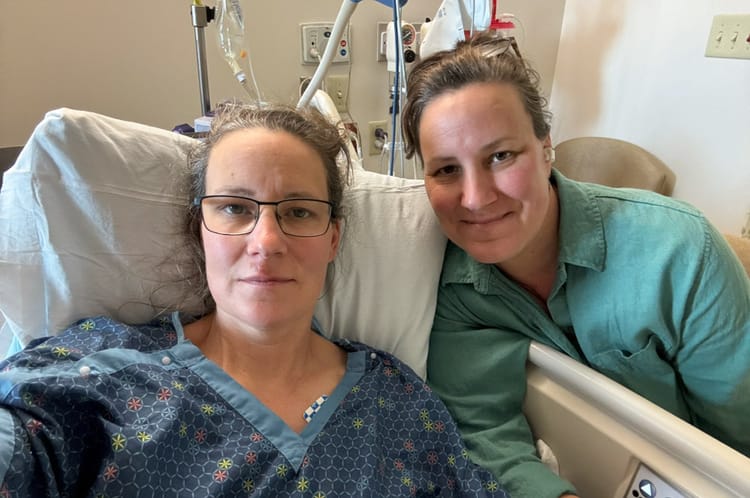
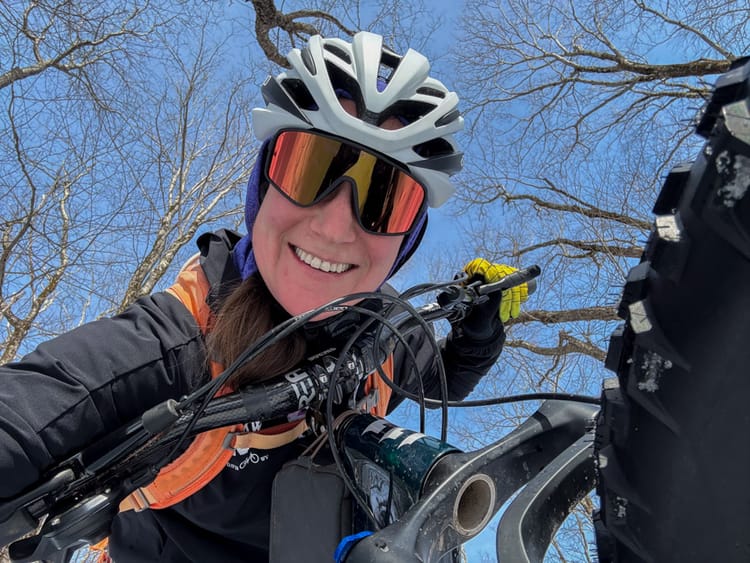
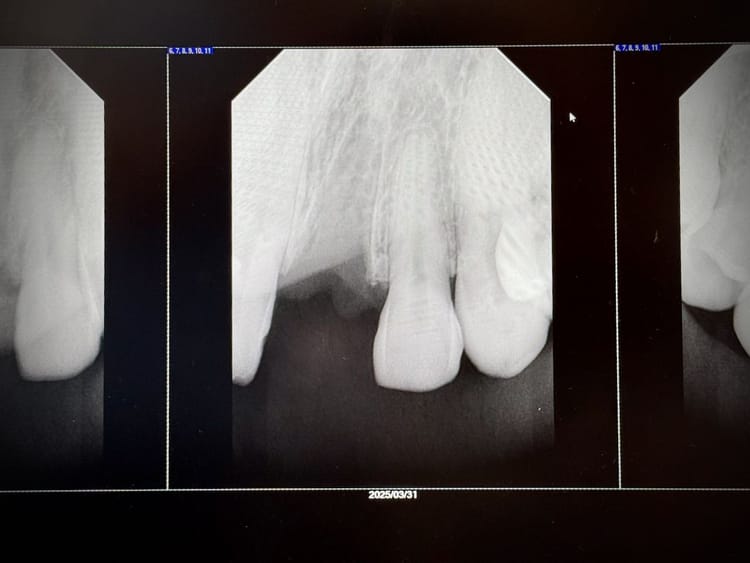
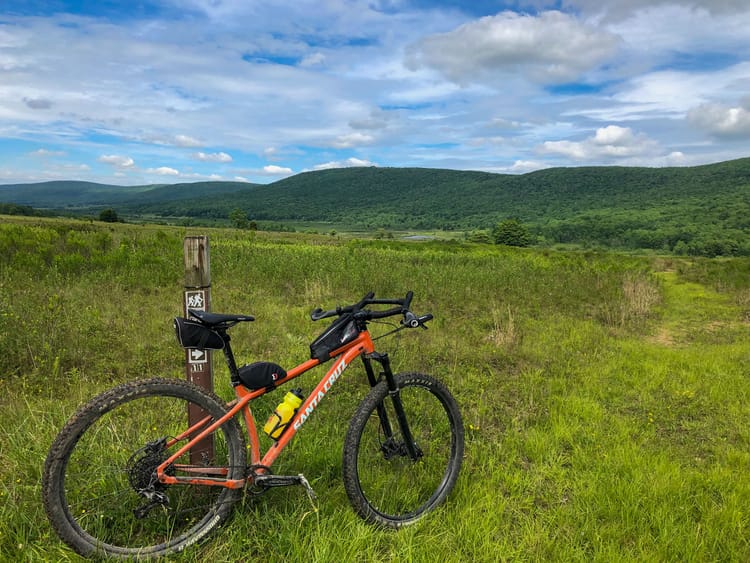
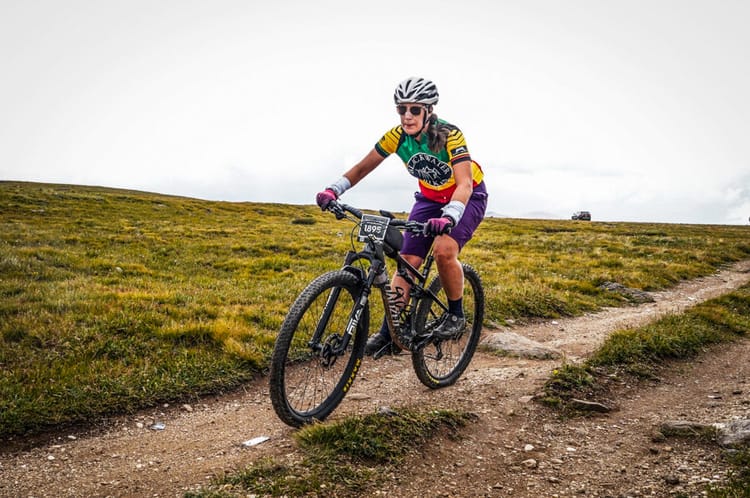
Member discussion